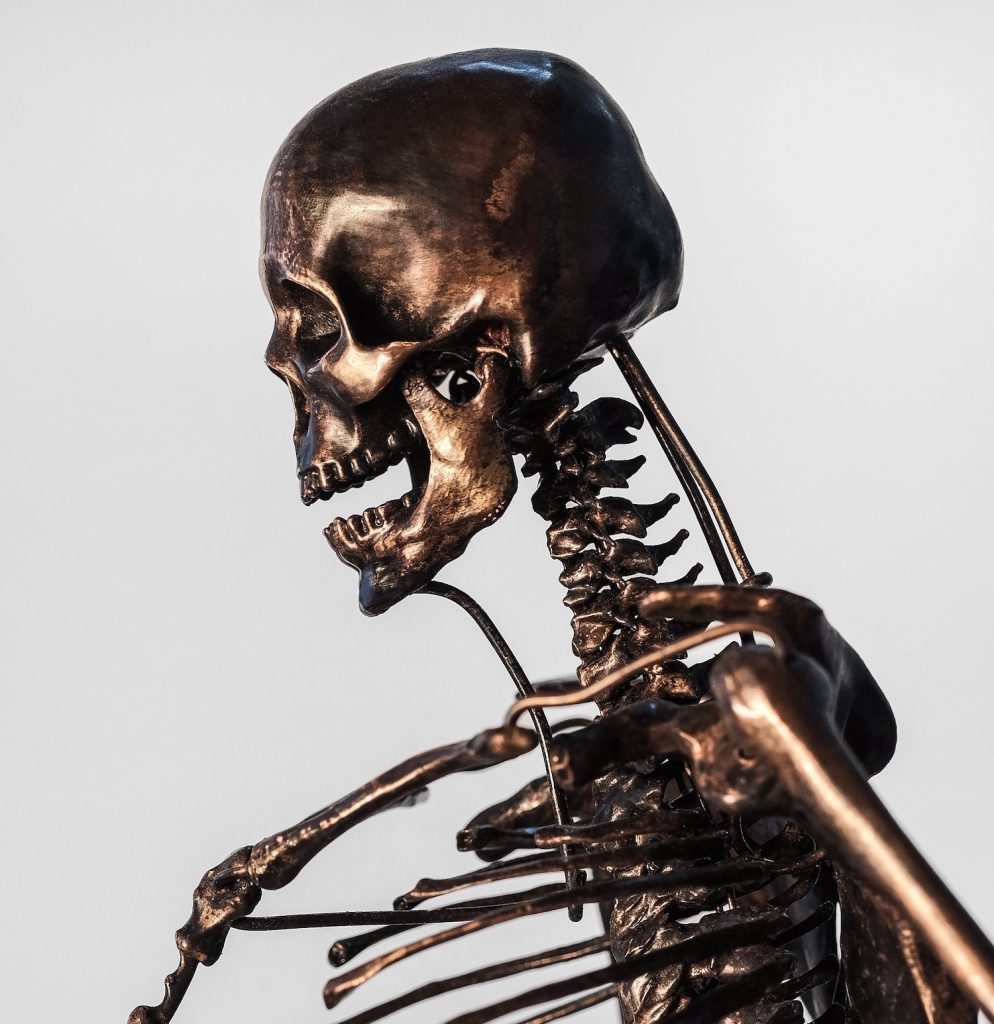Introduction

An important aspect of academic research is presenting our findings to diverse audiences, including outside of our institutional networks to the public. During Spring 2019, undergraduate students in Dr. Reitsema’s Bioarchaeology (ANTH4265) course identified recently published articles in bioarchaeological research to cover in a popular media feature. Bioarchaeology is the study of human remains from archaeological contexts and bioarchaeologists across the globe answer questions about the health, identity, and lives of past human populations.
A review by Christopher Stojanowski (Arizona State University) and William Duncan (East Tennessee State University) in 2015 found that there is a mismatch between the type of research bioarchaeologists are doing, and what the media is covering, creating a disconnect in public knowledge of the science of our field. Sexier topics (think: mummies, trophy heads, Vikings), are often overemphasized, but these cases exist among a whole field of other subjects that scholars use to answer big research questions about the past, such as immigration, culture contact, and health.
Students in Bioarchaeology 4265 grappled with all aspects of the writing, editing, and peer-review process, adapting traditional scientific writing to become more accessible and engaging to a broader public. Along with feedback from Dr. Reitsema and me, students worked with James Hataway, a science writer and Media Relations Manager at UGA, on how to hone their ideas to the most important facts from the article and how to connect to issues of modern day interest.
This series of student-authored popular media features were selected from among a pool of excellent student work in the class. These outstanding examples of student writing communicate the scientific discoveries of scholarly journal articles in a way that brings the past experiences of ancient peoples to life. Features here cover topics such as health risks in the city and past medical practices across ancient North America and Europe over a span of 1500 years. These features highlight the ways in which bioarchaeology continues to move forward with important implications for public outreach and policy debates on health, urbanization, and migration.
—Katie Reinberger, WIP TA, ANTH4265 Spring 2019